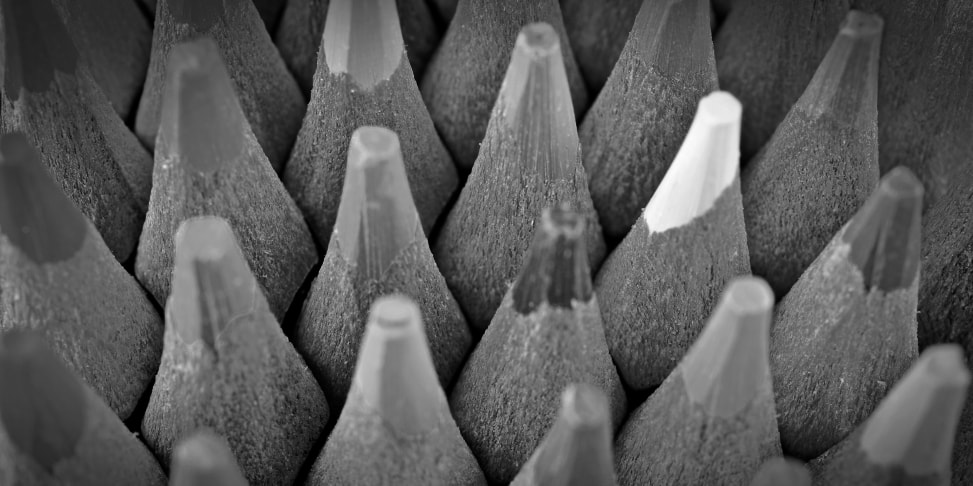
As I see new education technology ideas appear and disappear, I wonder if our edtech efforts are stymied by neglect for considering teachers as learners. How can innovative student-learning practices become reality if innovative teacher-learning practices are not the norm?
When I refer to “teacher learning,” I’m not talking about “teacher training” in technology. So often I hear that the solution for better integration of technology in education is to either provide more “training” on where to click or to use technology that is “teacher proof.” Both of these options lack understanding for the complexities of the art and science of teaching.
In order for every school to become a professional learning community that innovates around best practices and learns what works for individual students, we need radically different and radically differentiated professional development for educators. Through my work as a teacher, school leader, district leader, and founder of Lessoncast, I’m proposing a few principles to guide the kind of professional learning required to improve 21st century schools.
1. The bulk of collaborative professional development time should be spent on active learning (or as I like to say, creating and doing versus sitting and watching).
Collaborative PD time is when the schedule or calendar has been arranged so that teachers can meet and spend professional learning time together. Most collaborative PD sessions look like this: Teachers meet in the cafeteria or auditorium. The principal introduces the guest speaker. The expert presents a topic that may be new for some, rudimentary for others, or irrelevant to a few. The expert leaves and the teachers file the handouts from the session in a cabinet or binder.
I know this scene well, because I’ve been on both sides of the podium. Having experienced the ineffectiveness firsthand, I firmly believe that when we are afforded time to gather as professionals. We should spend the time in active learning: collaboratively planning how to implement a new idea, reviewing student work and determining next steps, exploring technologies and recording best practices that merge technological, pedagogical, and content knowledge. Individually, we can watch and read from the experts, but collective PD time should allow us to build on each other’s ideas and construct solutions that uniquely suit our learning community.
2. Creation is the highest form of professional learning.
Most professional development activities include: watching an expert presentation, visiting a classroom to observe a model lesson, discussing a lesson using various tuning protocols, or writing a lesson plan. Remembering that teachers are also learners, learners retain 5% from lecture, 30% when watching a model demonstration, 50% when engaged in critical analysis and discussion, and 75% when applying new learning and reflecting on outcomes. But if learners go one step further and teach a peer what they have learned, they retain 90%.
Being able to teach a peer is the highest form of learning. When a teacher is able to not only implement a new instructional idea but explain to a peer educator how to put an idea into practice, she’s developed a higher level in professional understanding and has contributed to the community’s collective learning. Other teachers can take that original explanation and build upon it. This type of professional learning is generative and self-perpetuating.
3. A community’s collective professional learning journey requires differentiated paths.
Having one-size-fits-all PD is ineffective, but so is having everyone go in different directions. Neither isolated pockets of excellence or dysfunction help the community as a whole nor elevate instruction for all students. For professional learning communities to be effective, it’s important to have shared goals for improving student learning but differentiated pathways to get there. By learning in our own way yet working together, iron sharpens iron.
4. Highly effective professional learning communities document a shared idea of quality teaching and learning.
What does quality teaching and learning look like at our school with our instructional philosophy? Every administrator and teacher should be able to verbalize it, picture it, create lookfors, and give feedback. And truthfully, students should know what it looks like, too. Developing this type of shared understanding of excellence is a continuous process, but it serves as the compass for transformative PD.
5. True impact requires iteration.
Putting a new educational idea into practice requires a willingness to accept that the initial implementation will need improvement. This willingness means a commitment to measuring the quality of implementation and the impact on student learning. It means having an open professional exchange of feedback, considering ways to make adjustments. It also means recognizing that every idea might not work for every student, regardless of implementation fidelity.
To positively impact student outcomes in a shifting learning landscape, even more important than a willingness to try new things is a commitment to iterating until we find what works for each student in each circumstance. One teacher cannot do this alone in his classroom. A commitment this profound requires a concerted community effort AND capturing the lessons learned. Why do so many professional learning initiatives start over year after year? Why don’t we capture the lessons learned, and capture them in format that supports refinement and iteration? Because that would be radical, and radical is what we need.

